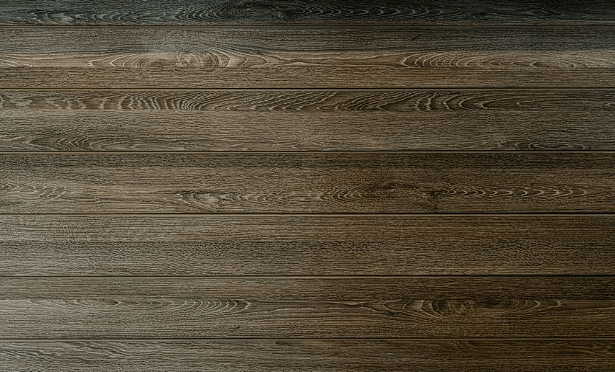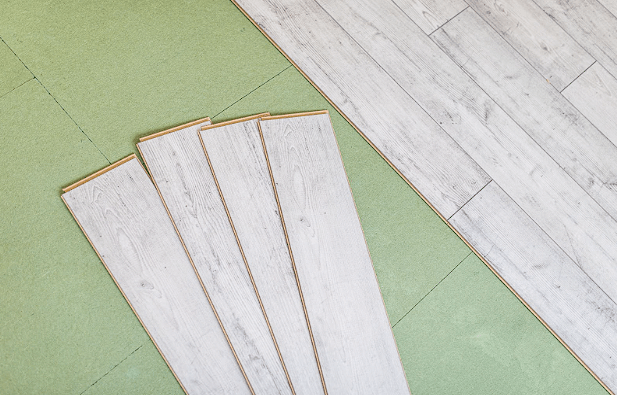So, you’ve found yourself considering the pros and cons of two of the most popular flooring remodel materials. When choosing between hardwood and laminate, it’s good to take into account all their specific properties and how they align with your needs. Many people have their hearts set on hardwood because of its classic charm and real-estate value, and with the hardwood flooring market expected to reach $64.04 billion by 2027, it’s clear that this popularity continues to grow. However, it does come with certain challenges.

Characteristics of Hardwood Flooring
You can choose a type of finishing for hardwood flooring, such as urethane or epoxy. Both of these can affect its features and make it water-resilient. It can be re-sanded and refinished around four times over the years to extend its lifespan and refresh its appearance.
Characteristics of Laminate Flooring

Hardwood vs. Laminate
Appearance
Endurance
Maintenance
Installation
Cost
Although laminate is much cheaper than hardwood, you should take into account that the lifespan of hardwood is 30-100 years, while laminate is expected to last between 15-25 years. The cost of hardwood ranges between $6 – $12 per square foot, while laminate flooring ranges between $0.70 – $3 per square foot. Keep in mind that these prices are only for the materials and don’t include flooring installation costs. Naturally, the price will depend on the thickness and quality of the material. For example, tropical woods will always be pricier. Refinishing your hardwood will cost between $3 and $8 per square foot.
Resale Value
As for laminate flooring, you can expect an ROI of 50% to 65%, but only if you hire professionals. You can still gain an acceptable ROI if you install it yourself, but make sure you’re equipped with the right skills and techniques.





